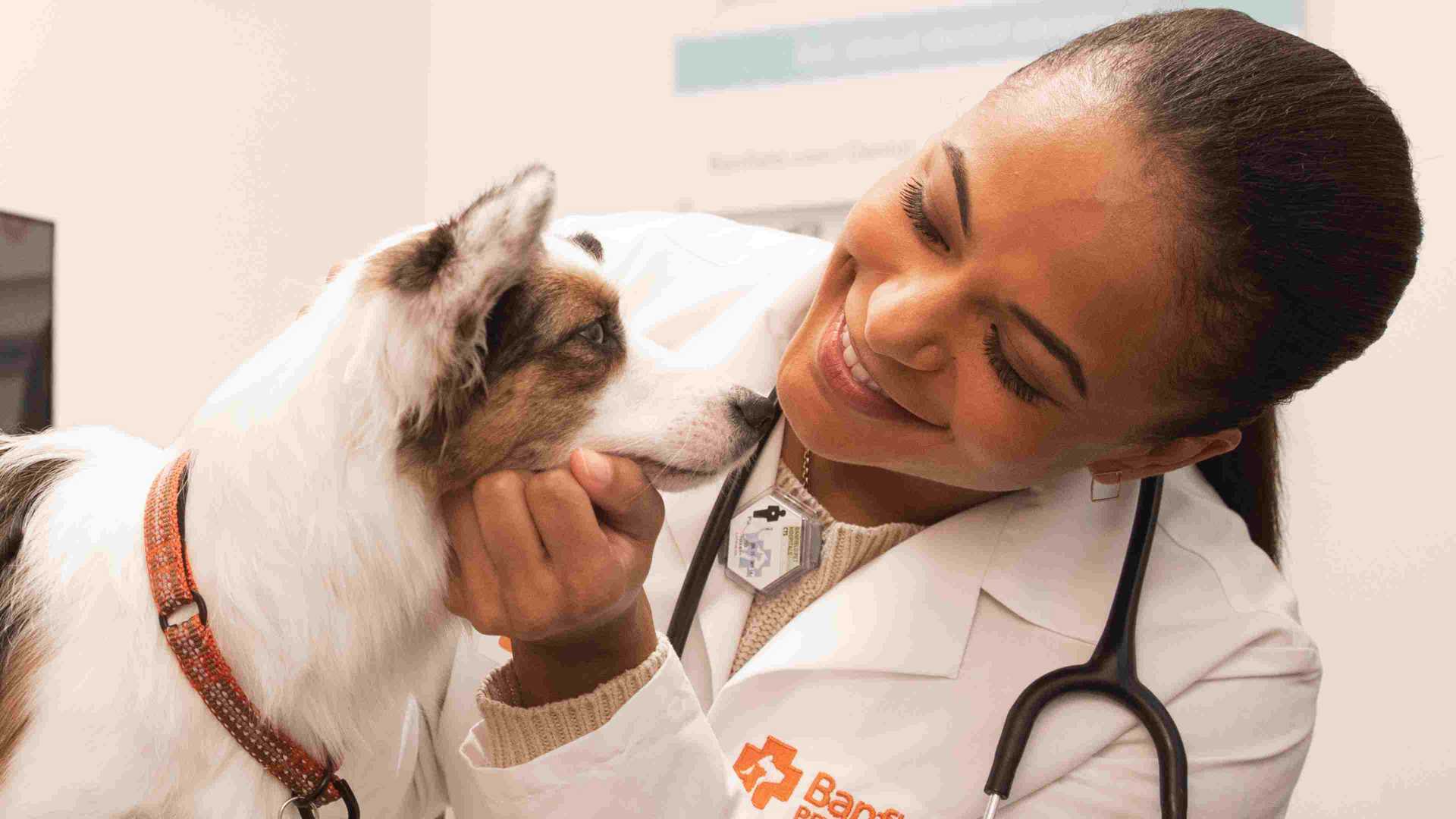No problem. Enter your email and we'll send a reset link for that account.
Need help finding your MyBanfield username?
Quick tips:
- Try the email that gets all of your Banfield emails.
- If you have a username not in email format, try using that instead.
If you still need help, please contact Banfield customer support.
Support hotline:
877-656-7146

